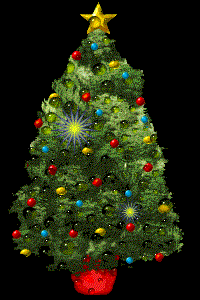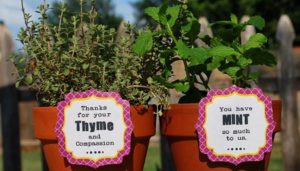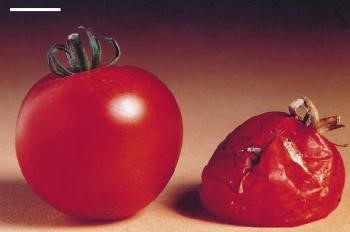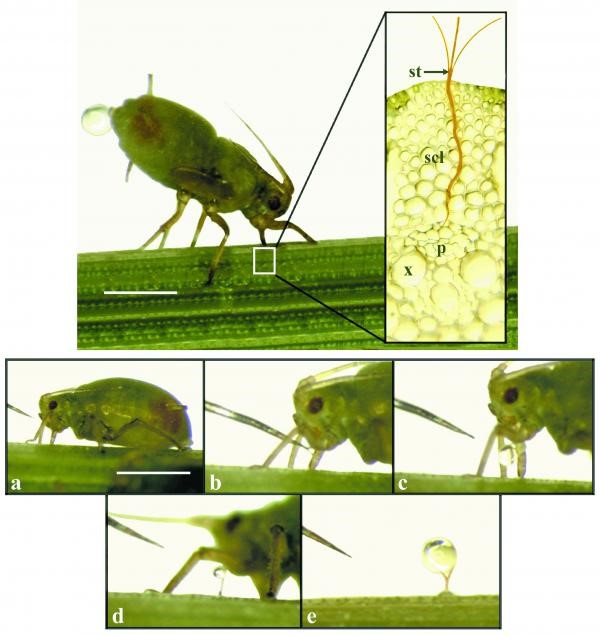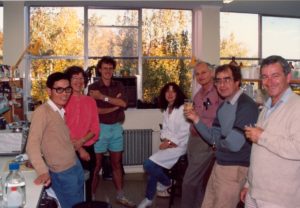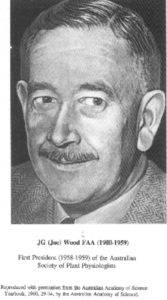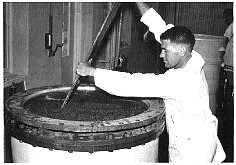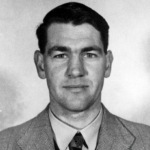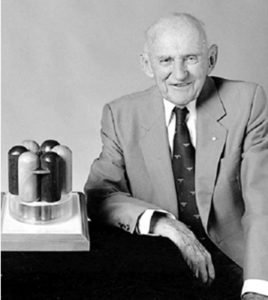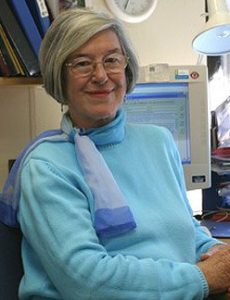Update on Plants in Action
From Chapter 11: On left, genetically modified tomato with longer shelf life than the normal on right.
Rana Munns
Plants in Action continues to attract readers and teachers as an on-line resource. Originally published in 1999 (Editors Brian Atwell, Paul Kriedemann and Colin Turnbull) it was re-published in 2008 as a free on-line resource, hosted by The University of Queensland.
The original edition was built on contributions from over a hundred members of the Australian and New Zealand societies of plant science. The idea was to showcase Australian science and produce a textbook on plant function that used examples from the southern hemisphere. This first edition is now archived and so protected from security and other IT issues.
You can assess the archived PiA first edition here.
Of the original 20 chapters, ten are fully revised http://plantsinaction.science.uq.edu.au
Its usage is growing, at present about 2000 hits per day, mainly from India, USA, Australia and Canada. We have given permission for it to be translated into Hindi. The most popular chapters are on photosynthesis (Chapter 1) and phloem transport (Chapter 5). Requests from commercial publishers to reproduce illustrations are frequent, the most popular being the photos of aphids feeding on phloem sap, and GM tomato.
From Chapter 5: How to collect phloem sap.



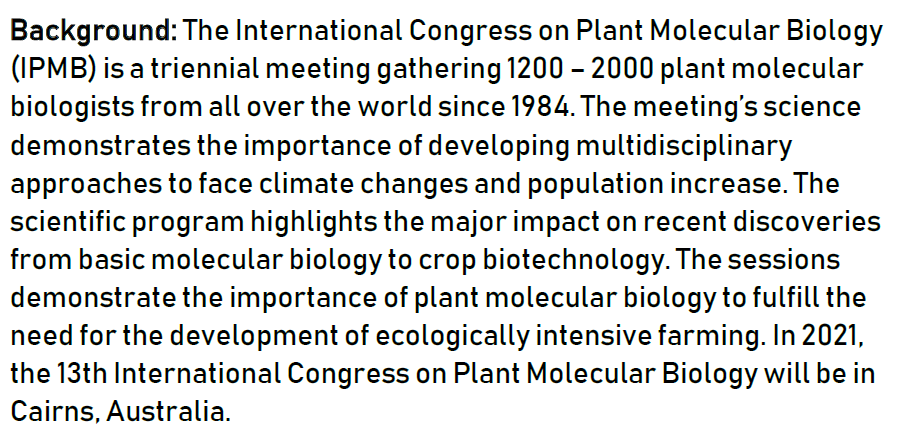
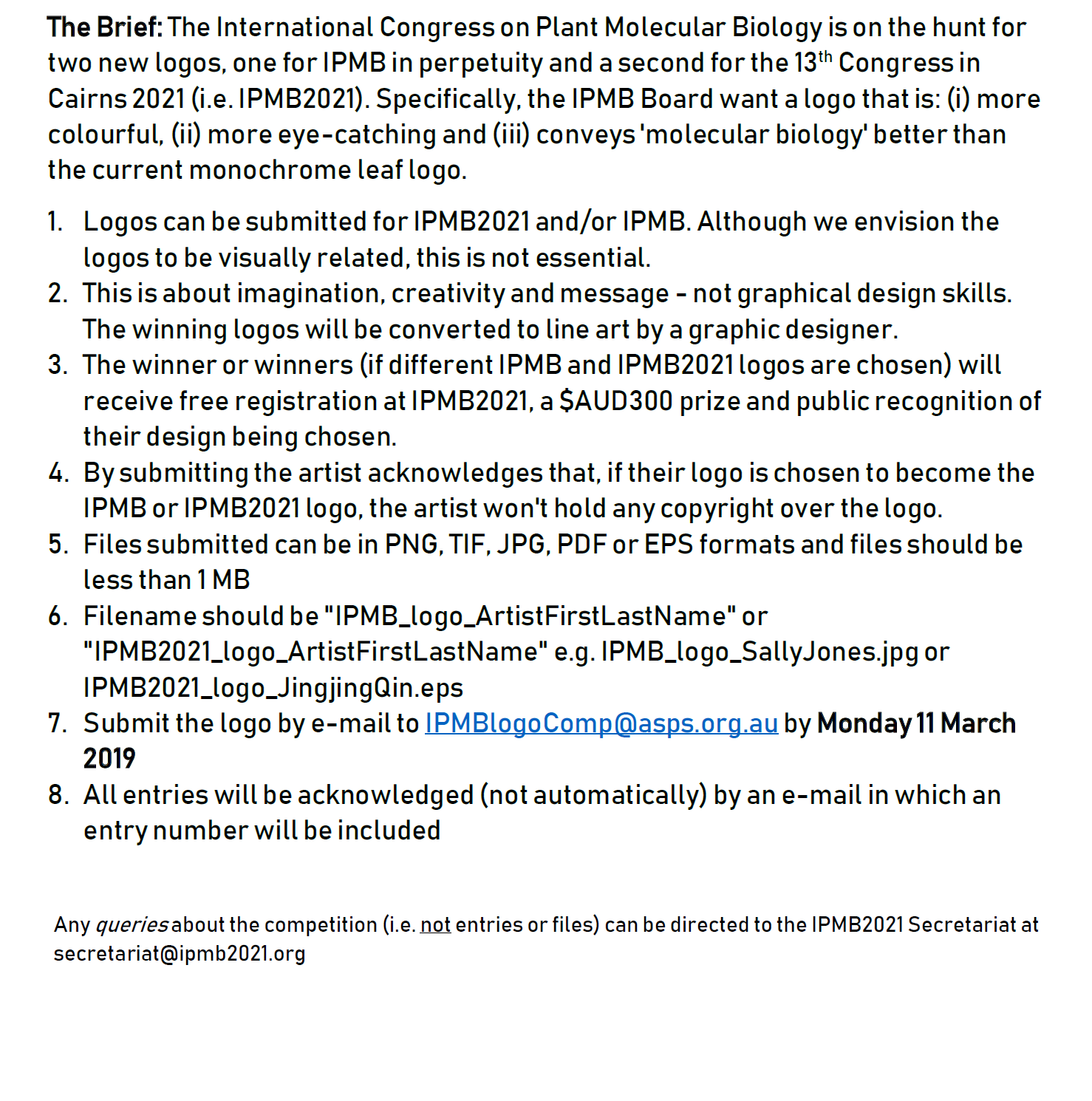
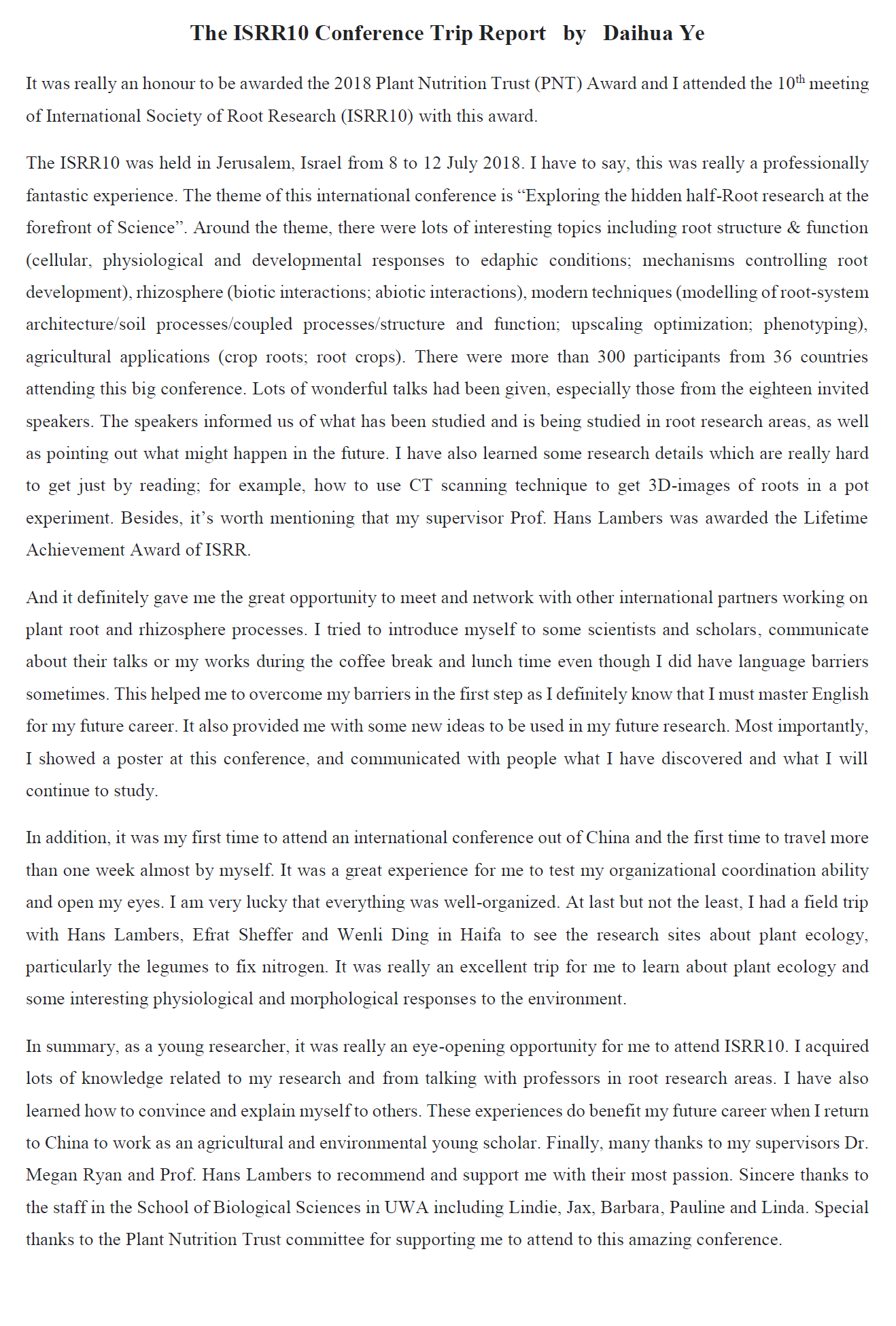
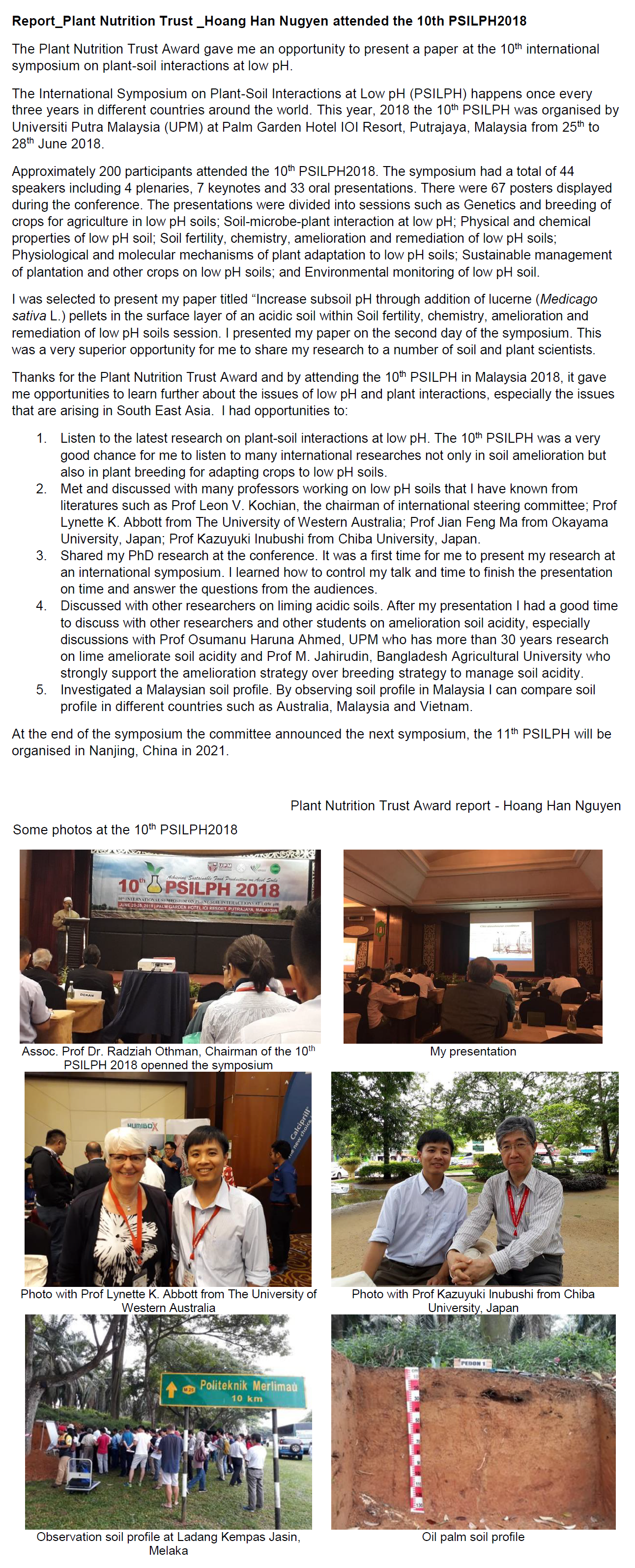
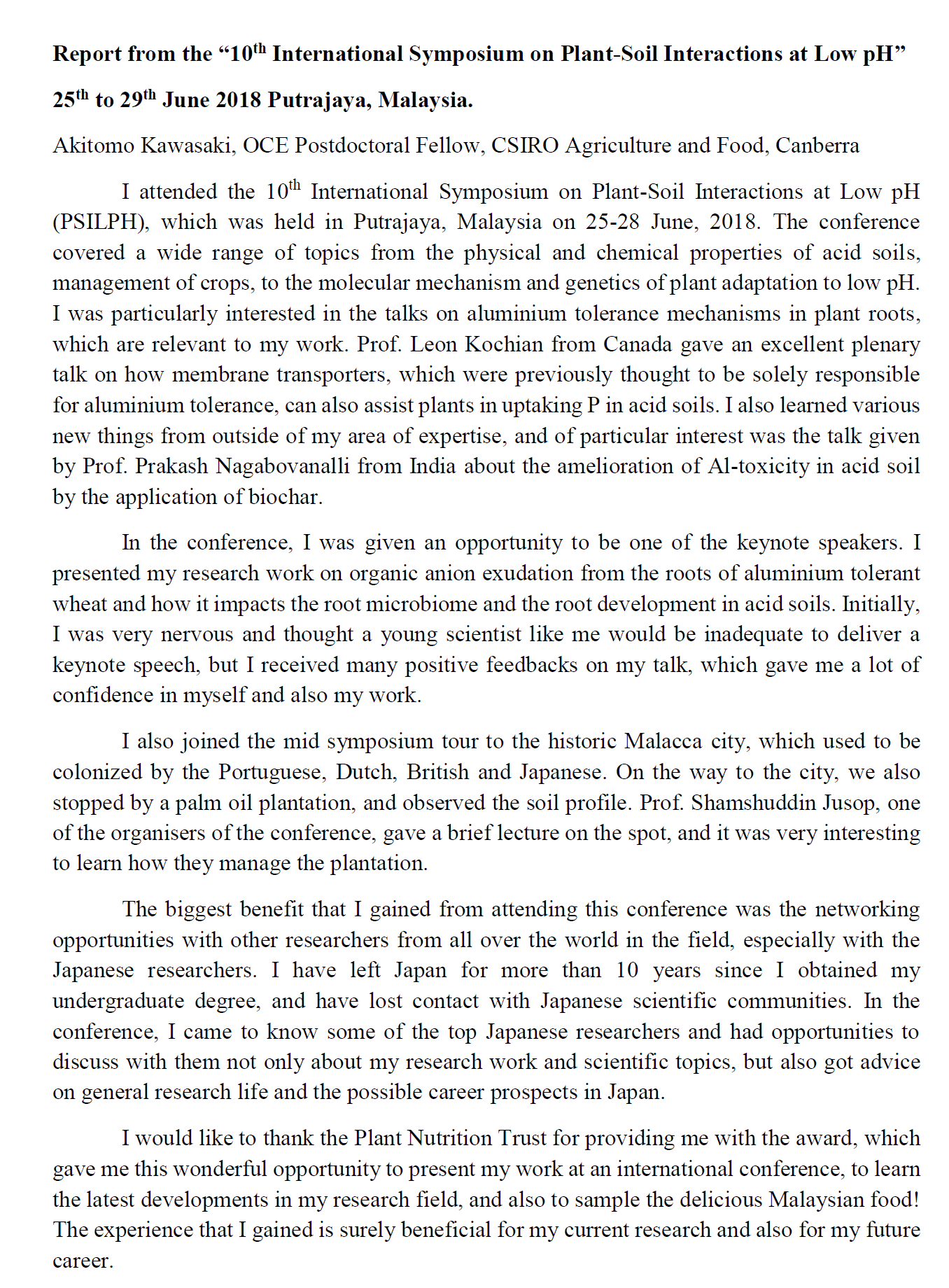
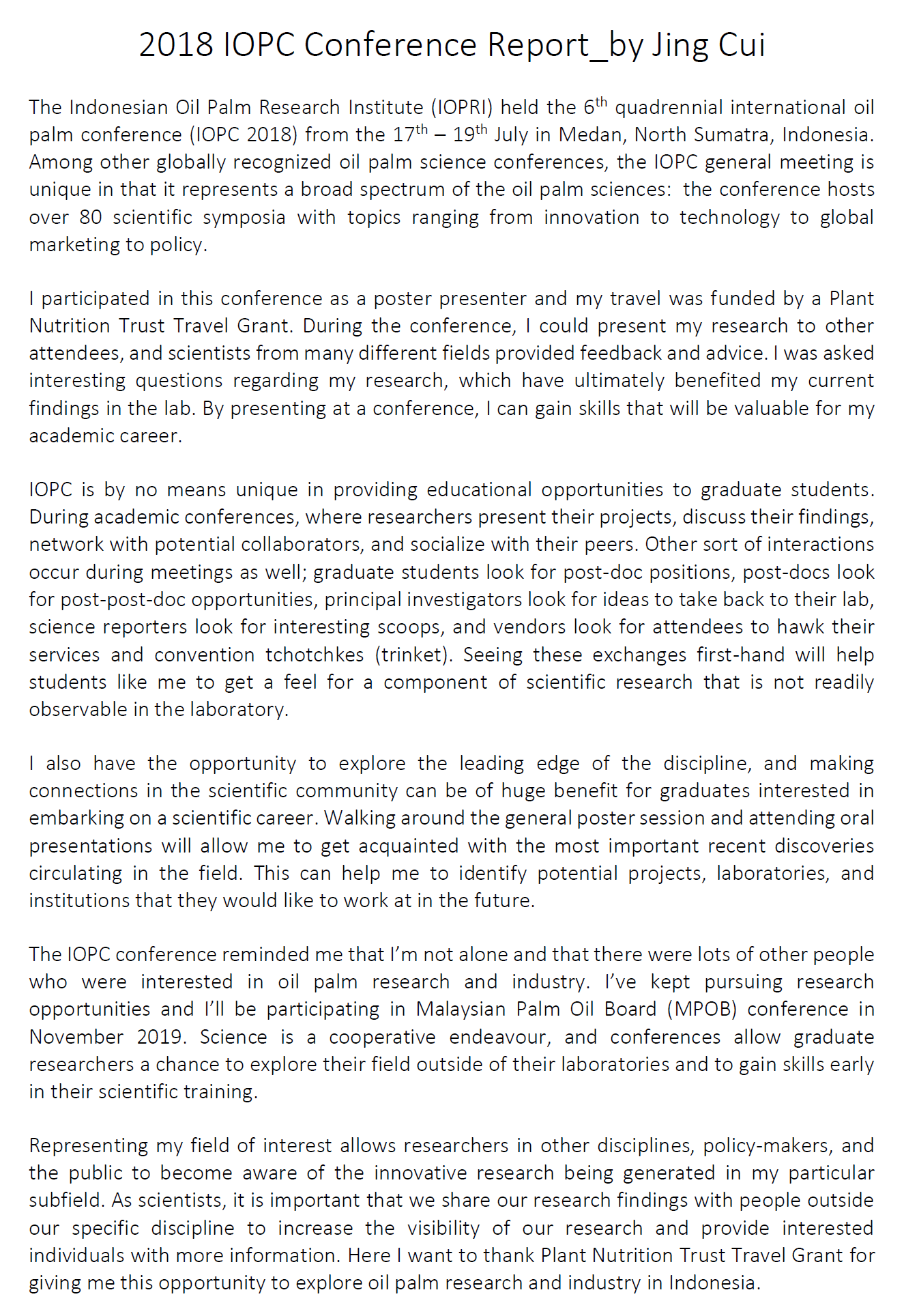
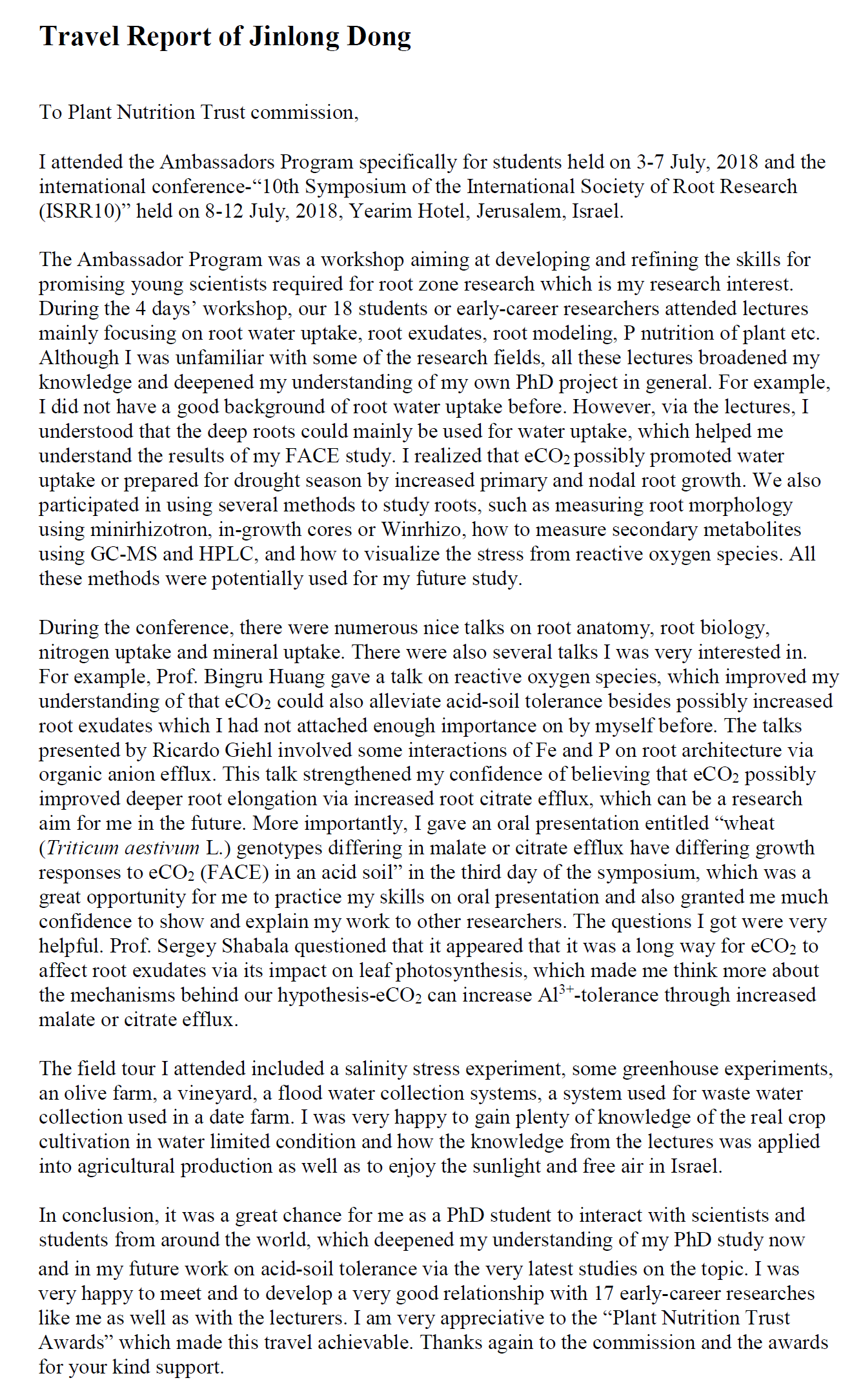



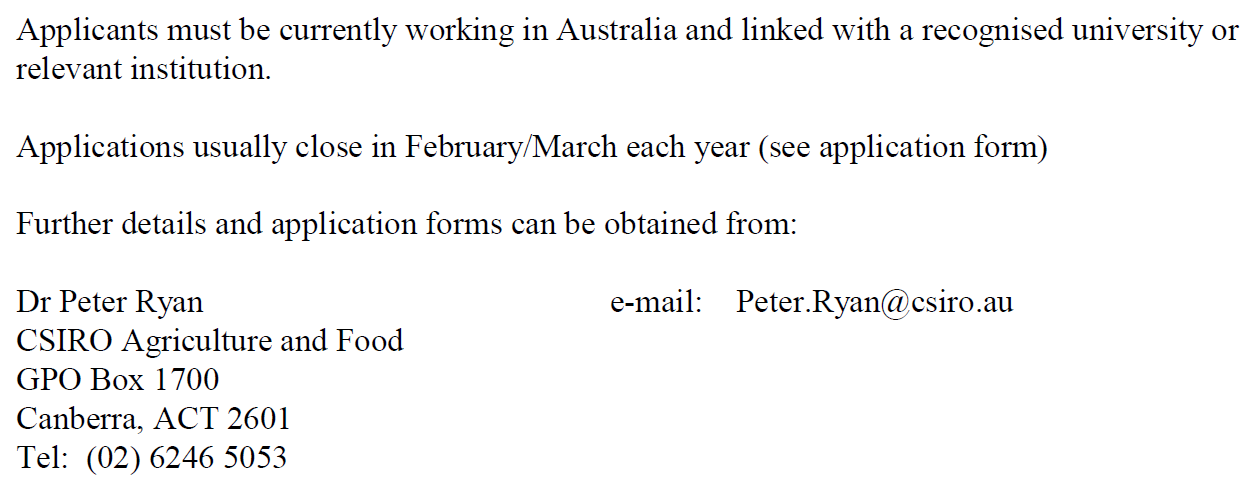
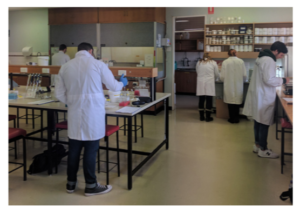 Biochemistry students working in the laboratory.
Biochemistry students working in the laboratory.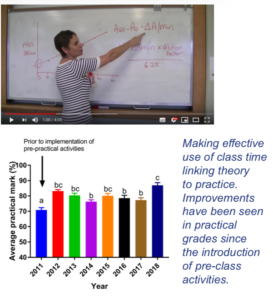 Students have been surveyed each year since these pre-class activities were implemented and feedback is extremely positive: 85% of students felt they were better prepared for practical classes after completing the activities and 90% felt the check-point questions clarified areas of confusion. The average mark for the practical component of the course increased from 70% in 2011 (pre-flip) to over 85% in 2018 (see figure).
Students have been surveyed each year since these pre-class activities were implemented and feedback is extremely positive: 85% of students felt they were better prepared for practical classes after completing the activities and 90% felt the check-point questions clarified areas of confusion. The average mark for the practical component of the course increased from 70% in 2011 (pre-flip) to over 85% in 2018 (see figure). After completing two postdoctoral positions in the UK and ACT, Dr Beth Loveys took up her position as a teaching focused academic in the School of Agriculture, Food and Wine at the University of Adelaide in 2011. Beth teaches across a diverse range of courses including Animal and Plant Biochemistry, Foundations in Plant Science, Viticultural Science, Introductory Wine Making, and Plant Production and Global Climate Change. In 2015, Beth was awarded an OLT citation for Outstanding Contribution to Student Learning, and in 2018, was awarded the Australian Society of Plant Scientists Education Award.
After completing two postdoctoral positions in the UK and ACT, Dr Beth Loveys took up her position as a teaching focused academic in the School of Agriculture, Food and Wine at the University of Adelaide in 2011. Beth teaches across a diverse range of courses including Animal and Plant Biochemistry, Foundations in Plant Science, Viticultural Science, Introductory Wine Making, and Plant Production and Global Climate Change. In 2015, Beth was awarded an OLT citation for Outstanding Contribution to Student Learning, and in 2018, was awarded the Australian Society of Plant Scientists Education Award.